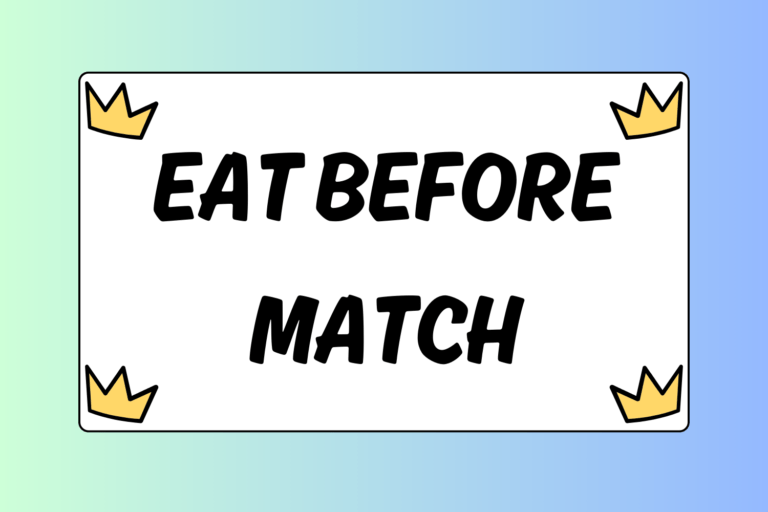Working the scoring table at a dual meet or tournament is an extremely important job. It’s the table workers’ responsibility to accurately manage and record the progress of a match. This includes recording the points that each wrestler earns and keeping track of the time, among many other duties. This guide will teach you everything you need to know about the different roles and responsibilities you will have when working a scoring table.
Roles
There will typically be three workers at each scoring table, all with different responsibilities. Although there may be more or less, depending on the varying duties for each competition, there are typically three main roles:
- Bout sheet manager: This role is to record all of the action of a match on the bout sheet in a very specific fashion.
- Scoreboard manager: This responsibility calls for making sure the scoreboard reflects the correct score, period, etc. of a match.
- Timekeeper: This person keeps track of the regulation time, along with total injury and blood time.
The names of these roles may vary, but the responsibilities for each will remain virtually the same. Each worker’s duties will be detailed in the sections below.
Pre-match Procedure
Before a match begins, both wrestlers must check in to the head table. Sometimes the referee will take the bout sheet and call both wrestles’ names to make sure they are present. However, most of the time, it will be the bout sheet manager’s responsibility to make sure the correct wrestlers are ready to go. If you are assigned this role, simply call their names to make sure they are ready to wrestle.
Once both wrestlers have been checked in, they must be assigned a color: Red or green. The referee will award points and penalties to each wrestler based on his color. Most of the time the referee will assign the colors, but it may be left up to the bout sheet manager. If you’re the bout sheet manager, try to match each wrestler’s singlet color with the closest corresponding color. For example, assign a wrestler with an orange singlet the color red, or a blue singlet the color green.
The bout sheet manager will record each wrestler’s color on the bout sheet; there will typically be a box or column under each wrestler’s name for this. If there isn’t any specific spot to record each wrestler’s color, write their assigned color somewhere near their name. You can even make a dot or dash near their name with a colored marker.
Also, make sure all of the necessary information is filled out in the correct places on the bout sheet. Bout sheets will vary by event, but there is some information that is commonly included:
- Weight class
- Each wrestler’s team
- Match start/end time
- Match/bout number
- Age group/division
Managing the Match
This section will explain the different responsibilities that the bout sheet manager, scoreboard manager, and timekeeper have during each match. It’s highly recommended that you read the Wrestling Rules & Regulations before reading this section.
Timekeeper
To signal the start of the match, the referee will blow his whistle. Before doing so, he will typically use a hand gesture to signal to the time keeper that he is ready to start. If you are the timekeeper, acknowledge the referee and signal back to him, letting him know you are also ready; this may be a with hand gesture, a nod of the head, etc.
When the referee blows his whistle, the timekeeper must begin recording the match time immediately. The timekeeper must pay close attention to the match, stopping and starting the time whenever the referee blows his whistle. These whistles will typically be due to blood time, injury time, or when the wrestlers move out of bounds.
Hot Tip: Period Length
If you are working as a timekeeper, make sure you know the length of each period before the match starts. Although folkstyle periods are typically two minutes in duration, this will sometimes vary. For example, it’s common for matches in the consolation round to have a one-minute first period, but the following periods remain the standard two minutes. This is critical for ensuring fairness in the match because every second counts!
Bout Sheet Manager
The bout sheet manager’s responsibilities are extremely important. For starters, when the referee blows his whistle, the bout sheet manager must record the actual time the match begins. This keeps track of the order of every match at the meet. It also helps to avoid confusion if there is ever a dispute about when the match started or how long it lasted due to injury time, blood time, etc.
The bout sheet manager will record the action of the match in detail on the official bout sheet given to him or her. This will include all of the points each wrestler earns and penalties accrued. The bout sheet manager will also include other important details, such as choice, cautions, blood and injury time. This must be done in a very specific manner on the bout sheet; each call by the referee will have a specific abbreviation attached to it. (See the chart, below.) There will be specific spots on the “scoring grid” to record the information.
| Points & Penalties | Abbreviations |
|---|---|
| Takedown | T2 |
| Reversal | R2 |
| Escape | E1 |
| Near Fall (Two-second Count) | NF2 |
| Near Fall (Five-second Count) | NF3 |
| Near Fall (When Injury or Bleeding Occurs) | NF4 |
| Stalling Warning | SW |
| Stalling | S |
| Technical Violation | TV |
| Illegal Hold or Unnecessary Roughness | P |
| Ride-out | RO |
| Caution | C |
| Caution Points (After Second Caution) | C1 |
| Coach Misconduct Warning | CMW |
| Coach Misconduct | CM |
| Warning | W |
| False Start | FS |
| Unsportsmanlike Conduct (Match point) | UCM |
| Unsportsmanlike Conduct (Team point) | UCT |
| Flagrant Misconduct | FM |
| Fall (Include Time of Occurrence) | F (time); Ex: F 1:05 |
| Technical Fall (Time of Occurrence) | TF (time); Ex: TF 3:25 |
| Forfeit | FOR |
| Default | DEF |
| Disqualified | DQ |
| Decision | DEC |
| Major Decision | MD |
| Selects Up/Top | ↑ |
| Selects Down/Bottom | ↓ |
| Selects Neutral | = |
| Overtime | OT |
| Sudden Victory | SV |
| Tiebreaker | TB |
| Ultimate Tiebreaker | UTB |
| Injury Time | IT |
| Blood Time | BT |
Under each wrestler’s name there will be a column for each period. If you are the bout sheet manager, record what happens in each period based on the corresponding column. Most of what you record will consist of points and penalties. When the referee awards a point or penalizes a wrestler, write the abbreviation of the type of point or penalty, and its value. A takedown will be written as “T2,” for example. Make sure you recording this under the correct wrestler’s name and in the appropriate period.
It is also very important to record the choice of each wrestler at the beginning of the second, third, and during the tiebreaker period. Refer to the chart below for everything you need to know to record the wrestlers’ points and penalties, as well as each abbreviation.
Hot Tip: First Point(s)
It’s important to circle the first point(s) scored. This will come into play during the sudden victory periods, as the wrestler who scores first will earn choice.
Scoreboard Manager
The scoreboard manager is responsible for making sure the scoreboard reflects the correct amount of points for each wrestler, and also the correct period. When the referee awards a wrestler points, the scoreboard manager will arrange the scoreboard to show this. Most of the time this will be done on a traditional flip scoreboard, but it is also common to use a digital scoreboard during dual meets and larger tournaments.
Make sure to pay close attention to the referee in order to prevent confusion and chaos amongst the wrestlers and coaches!
Completing the Match
Every person involved in working the table will do his part to make sure the match is concluded fairly and in the proper fashion. Here are a few different scenarios of how a match can end and the different duties involved:
- Win by fall or technical fall: If the match ends early due to a fall or technical fall, the timekeeper must stop the time when signaled by the referee. The bout sheet manager will then record the time that the fall or technical fall occurred in the appropriate box or column on the bout sheet.
- Win by points: If regulation time is about to expire, the timekeeper will give the referee a 30-second warning before the end of the match. During the final five seconds, the timekeeper will count down aloud until time is expired. He will then physically touch the referee to let him know that the match has ended. In this scenario, the bout sheet manager will total all of the points on the sheet and record them in the appropriate boxes. He may also write the type of match win where appropriate (decision, major decision, etc.).
The final and most important step is to officially declare the winner. The bout sheet manager does this by circling the winning wrestler’s name and scoring grid, and drawing an “X” over the losing wrestler’s scoring grid. The referee and the winning wrestler must sign the bout sheet in the appropriate places to make it official. The bout sheet will then be given to the winning wrestler or a designated staff member to be taken to the head table to be recorded on the official bracket.
Gain Some Experience
You will undoubtedly be called upon to work a scoring table sooner or later. Most dual meets and tournaments require the help of volunteers, most of which consists of wrestlers and parents. Don’t worry if the amount of information in this guide overwhelms you. Once you get behind the table and help out with a few matches, you will start to gain confidence in your role(s). Good luck!





